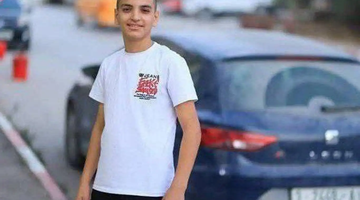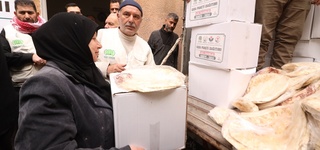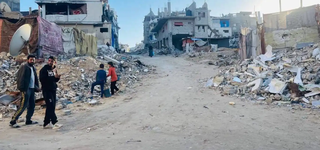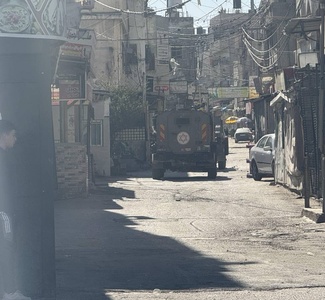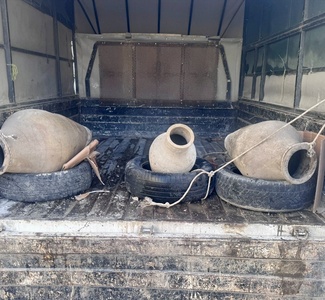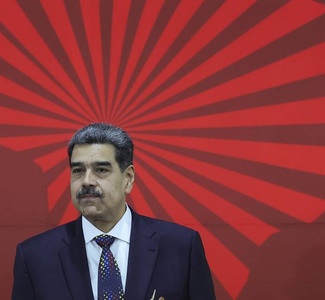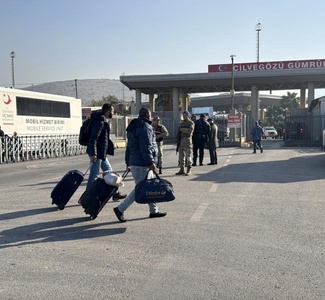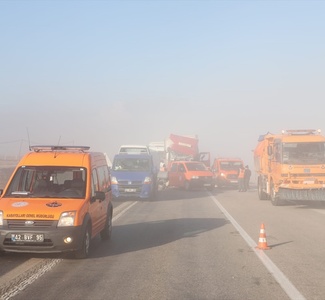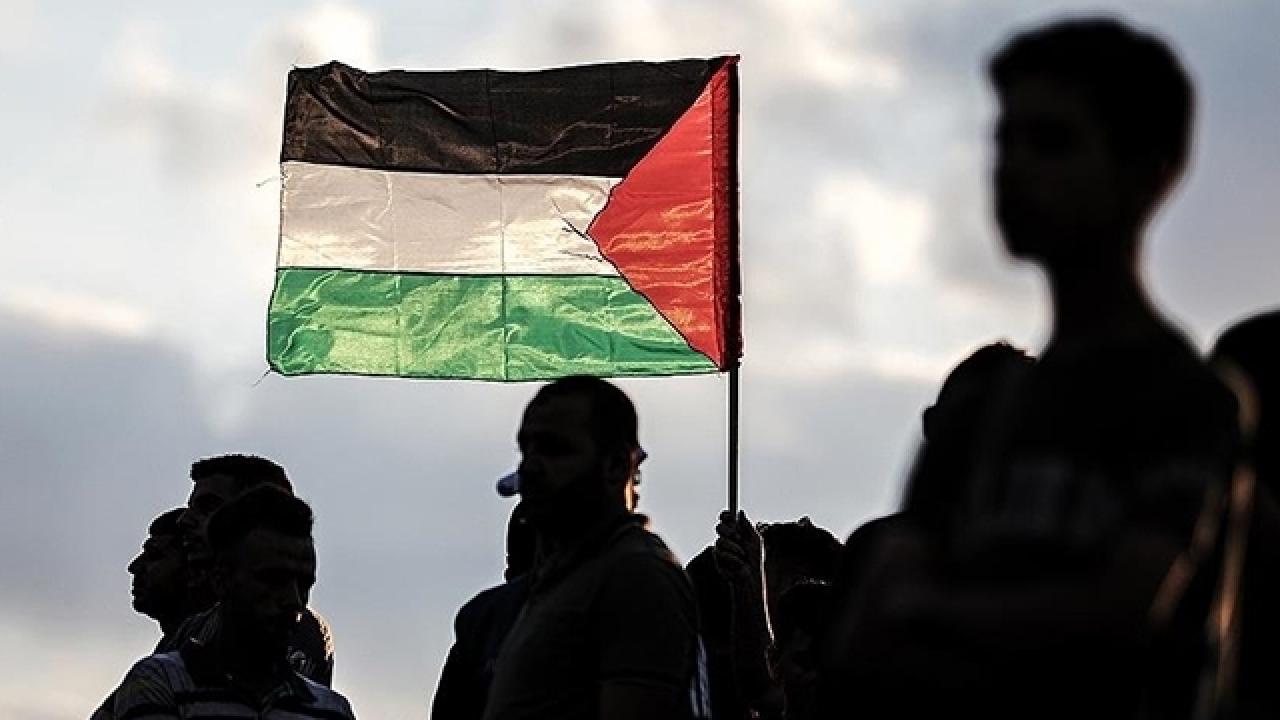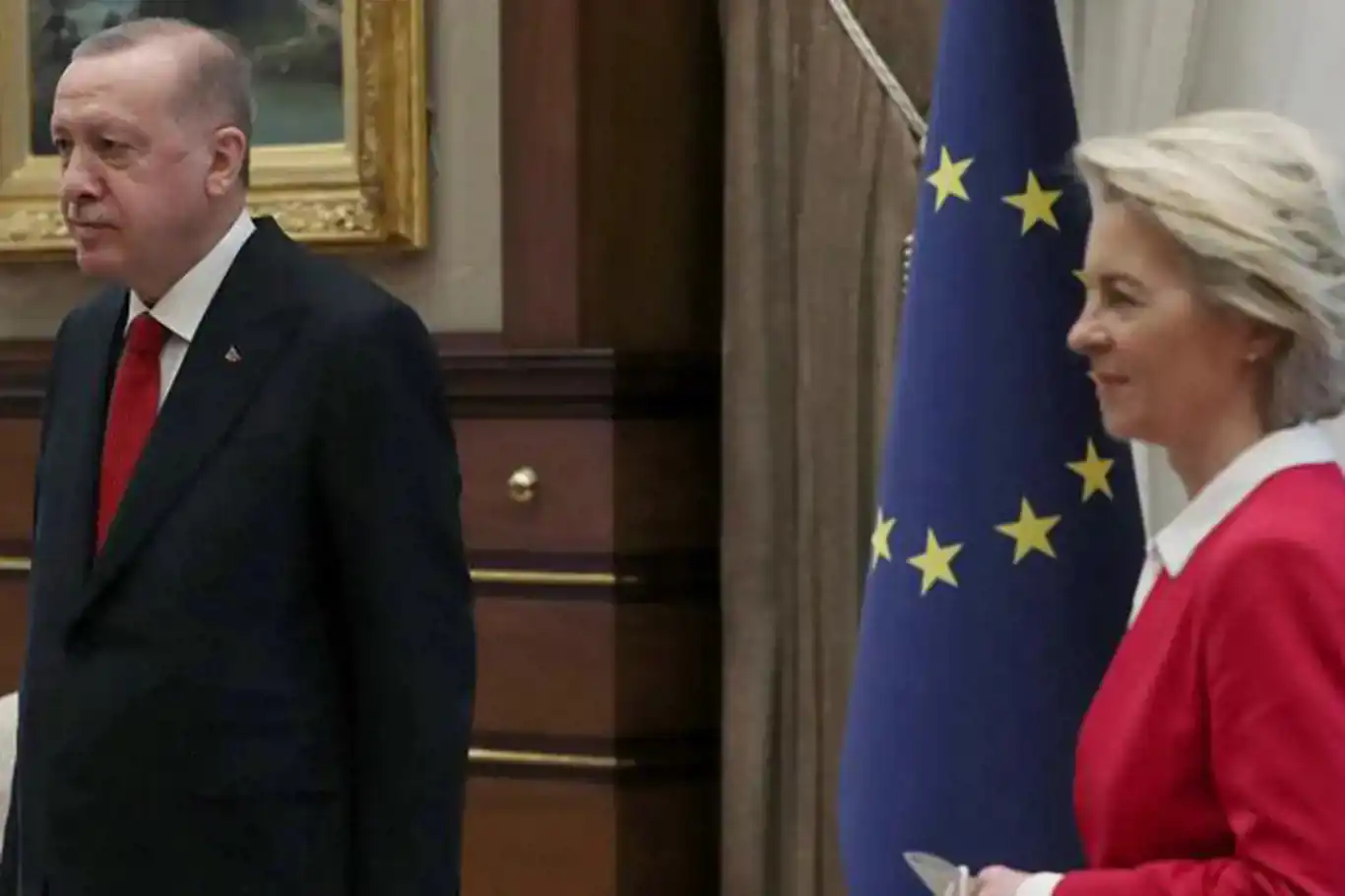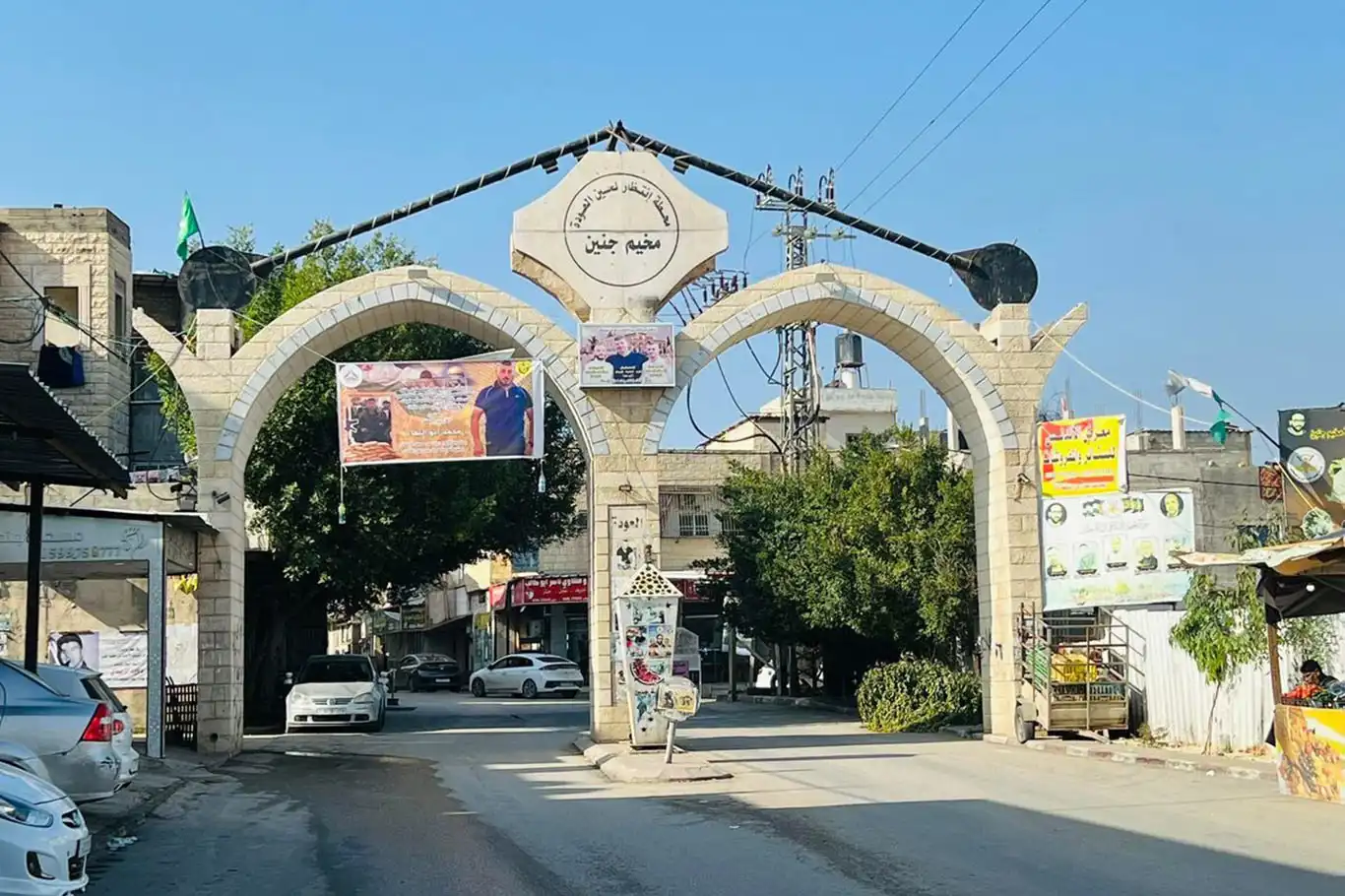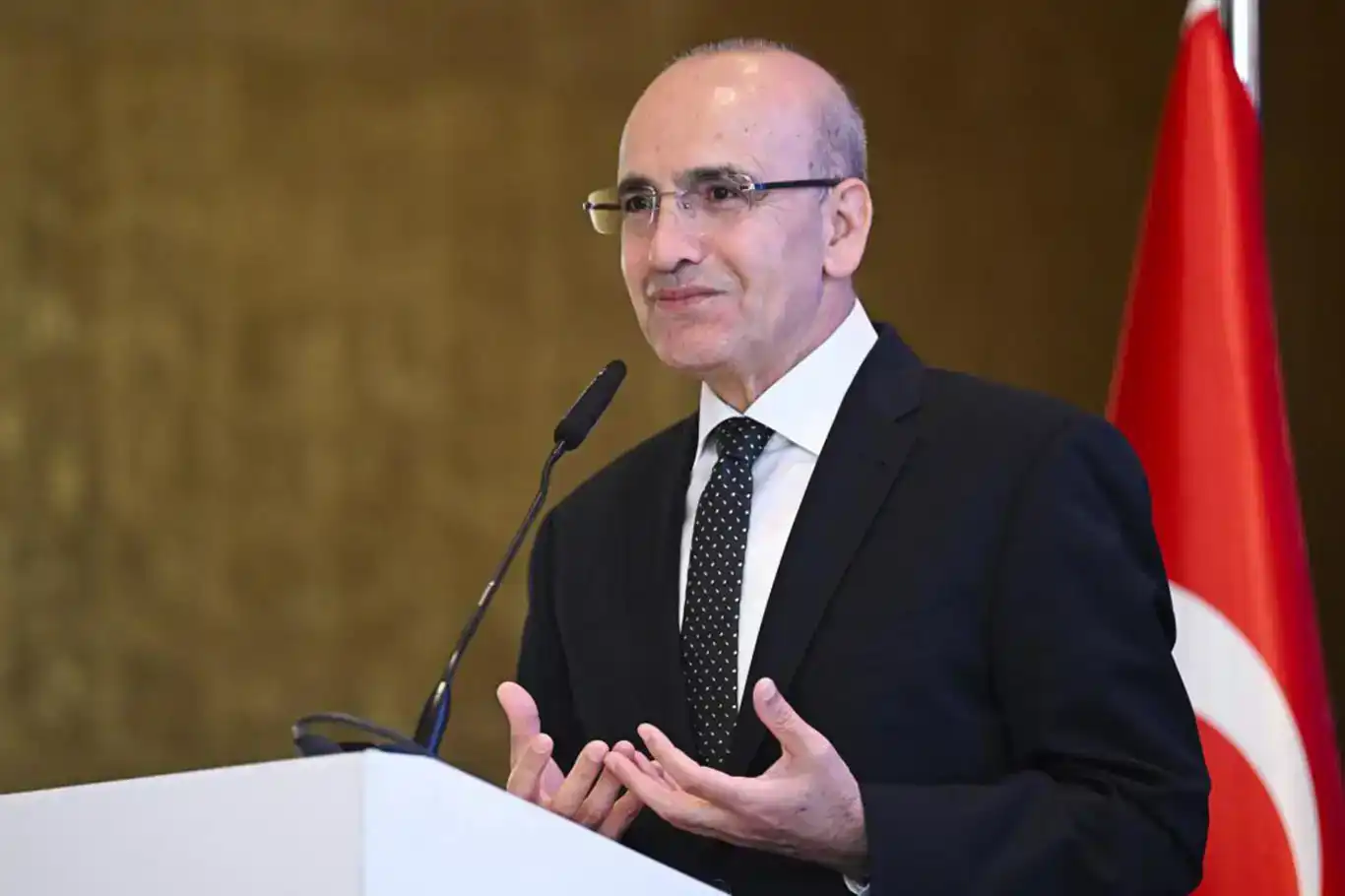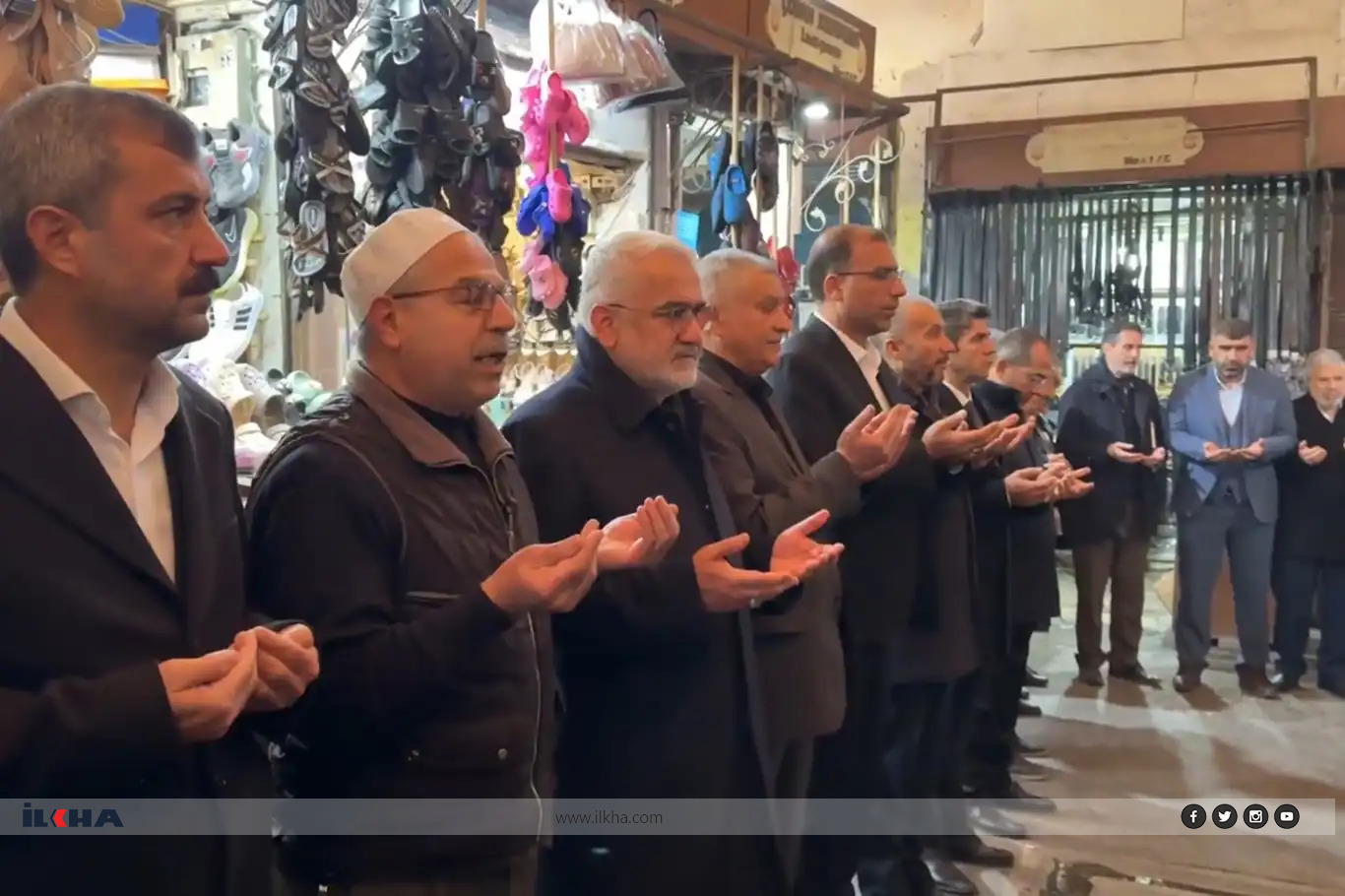WHO voices extreme concern over potential mass polio outbreak in Gaza
The World Health Organization (WHO) today expressed significant concern over a potential mass outbreak of polio in the Gaza Strip, exacerbated by the ongoing conflict in the region, the United Nations reported.
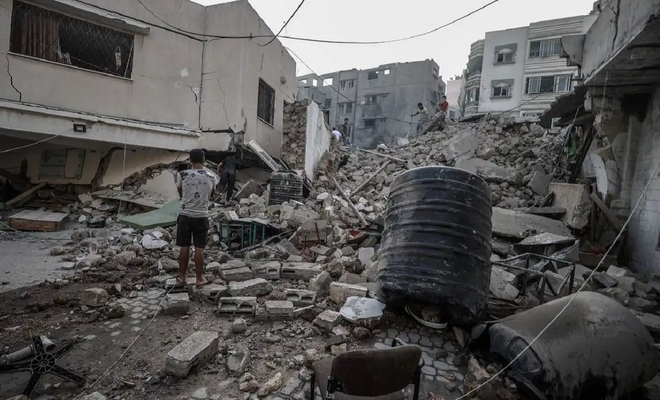
 Google News'te Doğruhaber'e abone olun.
Google News'te Doğruhaber'e abone olun. Ayadil Saparbekov, Team Lead for Health Emergencies at WHO in the Occupied Palestinian Territory, addressed journalists via video link from Jerusalem. Saparbekov highlighted the severe risks posed by the spread of polio and other communicable diseases, potentially leading to more deaths from preventable illnesses than war-related injuries. He noted that Hepatitis A had already been confirmed in Gaza last year.
“With the crippled health system, lack of water and sanitation, as well as lack of access to health services… this is going to be a very bad situation,” Saparbekov stated. “We may have more people dying of different communicable diseases than from injury-related conditions.”
On July 16, the WHO identified vaccine-derived poliovirus type 2 (VDPV2) in sewage samples collected on June 23 from Khan Younis and Deir Al-Balah. The virus, which can mutate from the weakened form used in oral vaccines in areas with poor vaccination coverage, has so far only been detected in sewage samples, with no confirmed cases of polio-induced paralysis in Gaza. Further genomic sequencing by the US Centers for Disease Control and Prevention (CDC) in Atlanta linked the virus to a strain circulating in Egypt in late 2023.
Due to a lack of equipment and laboratory capacity, human samples have not yet been collected. A WHO team is scheduled to arrive in Gaza on Thursday with up to 50 sample collection kits, with specimens to be sent to a lab in Jordan for analysis.
The WHO, in partnership with other agencies, is conducting an epidemiological investigation and risk assessment to identify the virus's source, which poses a high risk of spreading within Gaza and internationally. Based on the findings, WHO and the Global Polio Initiative Network partners will formulate recommendations, potentially including a mass vaccination campaign.
Saparbekov emphasized the difficulty for Gaza’s population to adhere to health guidelines given the dire water, sanitation, and hygiene conditions. “Unfortunately, the majority who live in shelters with one toilet for 600 people and maybe 1.52 liters of water per person will definitely not be able to follow the recommendations,” he explained.
The WHO representative also stressed that if a mass vaccination campaign is decided, it would be the responsibility of Israeli authorities to facilitate the delivery of vaccines into Gaza. He called for increased access for medical teams, protection for investigation teams, and safe movement for those conducting epidemiological investigations.
Turning to the devastation of Gaza’s health system, Saparbekov revealed that less than half of the primary health care facilities are operational, and only 16 out of the enclave’s 36 hospitals are “partially functional,” providing minimal services such as triage. He noted the recent rehabilitation efforts at Al-Shifa hospital in Gaza City, where the outpatient department destroyed in March 2024 is being converted into an emergency department.
"The only functional equipment that unfortunately remains in Gaza [at Al Shifa hospital] is a stationary X-ray machine,” Saparbekov said, emphasizing the destruction of other critical hospital equipment. WHO and partners are working tirelessly to bring in essential medical equipment despite restrictions imposed by Israeli authorities on dual-use items.
Despite the closure of the Rafah border crossing in May, which halted medical evacuations, 16 critically ill children with 25 companions were evacuated to Egypt nearly a month ago and are set to be transferred to Spain this Thursday. Saparbekov underscored the need for a “steady flow” of patients out of Gaza to access life-saving care, estimating that up to 14,000 people may require treatment outside the enclave. (ILKHA)


























